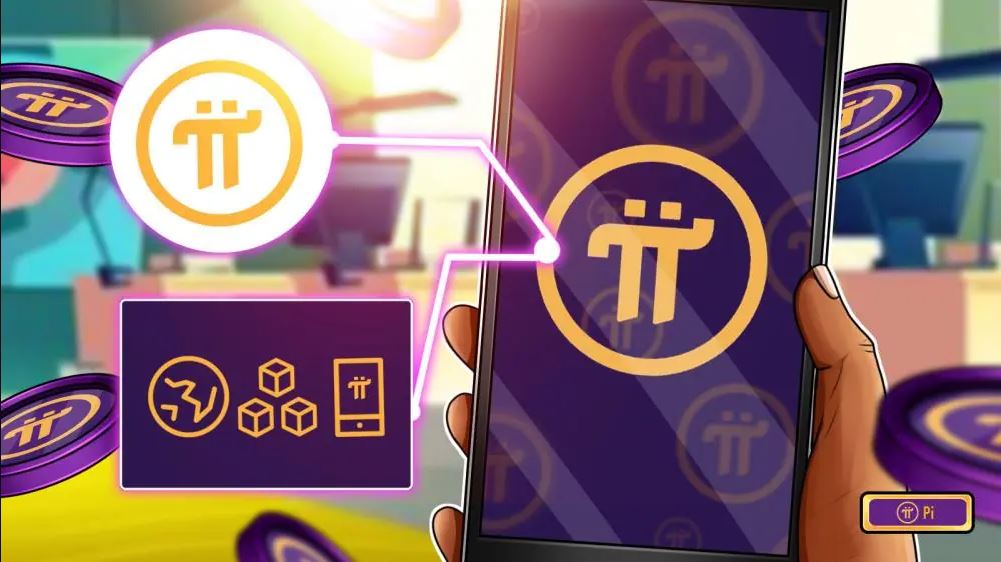Pi Coin, the native token of Pi Network, has seen a significant decline in value, crashing by 78% just weeks after its high. In February 2025, Pi Coin reached an all-time high of $2.98, briefly securing a place among the top 10 cryptocurrencies by market capitalization. However, by April 2025, the coin had dropped to just $0.66, losing approximately $14.5 billion in market value, bringing its capitalization down to just $4.56 billion.
This dramatic price drop coincides with an influx of new Pi tokens entering the market. Over 124 million Pi tokens are set to be unlocked this month alone, with that number expected to increase to 233 million by July. As the supply of Pi coins expands, the token’s inflation rate is becoming a significant concern for both investors and the wider community. With a maximum token cap of 100 billion, Pi is quickly earning a reputation for being one of the most inflationary digital assets.
Despite these issues, Pi Coin has seen support from some exchanges, with platforms like OKX, Bitget, Gate.io, and MEXC listing the coin. However, Pi has failed to secure listings on major exchanges like Binance, Coinbase, Kraken, and Bybit, and the CEO of Bybit even labeled Pi a “scam,” though the Pi developers have denied these claims.
A critical issue contributing to the price crash and the broader concerns surrounding Pi Network is the Know Your Customer (KYC) process. KYC is mandatory for users who wish to migrate their mined tokens to the mainnet, but technical glitches and delays have left many users unable to complete the process. As of now, only around 14 million users have successfully migrated their tokens, out of an estimated 60 million users. Many users have reported frustrating issues, such as tokens being marked as migrated only to be returned without explanation, causing anxiety and frustration within the community.
Further complications arise from the lack of communication from Pi Network’s core team. Users are left in the dark about important updates regarding validator incentives, decentralized application (dApp) development, and the status of the .pi domain auction proceeds. The absence of transparency has fueled skepticism and speculation about the project’s long-term viability.
On the ground, Pi Network’s push for real-world adoption has been lackluster. A global merchant initiative called PiFest, held in March 2025, was designed to drive adoption by encouraging users to spend their tokens in practical settings. However, on-chain data revealed that the number of transactions did not significantly increase, indicating that many users are hesitant to spend their tokens amid ongoing uncertainty about Pi’s future.
The platform’s push for decentralized applications (dApps) also remains underdeveloped, with few operational apps offering meaningful utility compared to competitors like Ethereum or Solana. While Pi Network had plans to integrate with Telegram’s crypto wallet to expand its reach, the initiative has not yet yielded tangible results.
One of the more concerning aspects of Pi Network is its KYC process, which involves community-driven verification using selfie videos and ID checks. This approach, while designed to scale the process, has raised privacy concerns among users, as there is potential for personal information to be exposed if redactions fail.
Pi Network is at a critical juncture. The hype around the token and the platform may no longer be enough to sustain its value. The real test for Pi will be whether it can demonstrate meaningful real-world usage, improve its ecosystem, and increase user confidence. Until Pi can address these issues, particularly the token inflation, KYC challenges, and lack of functional dApps, mainstream adoption remains unlikely. The coming months will be crucial for determining whether Pi Network can recover or whether it will join the list of failed crypto projects.


